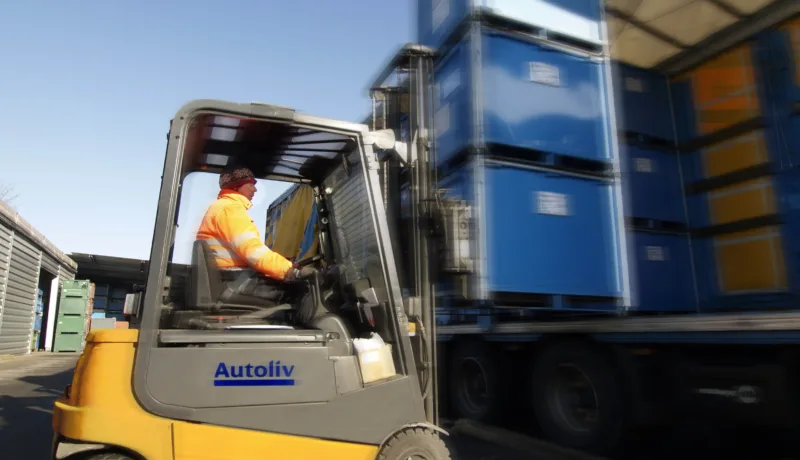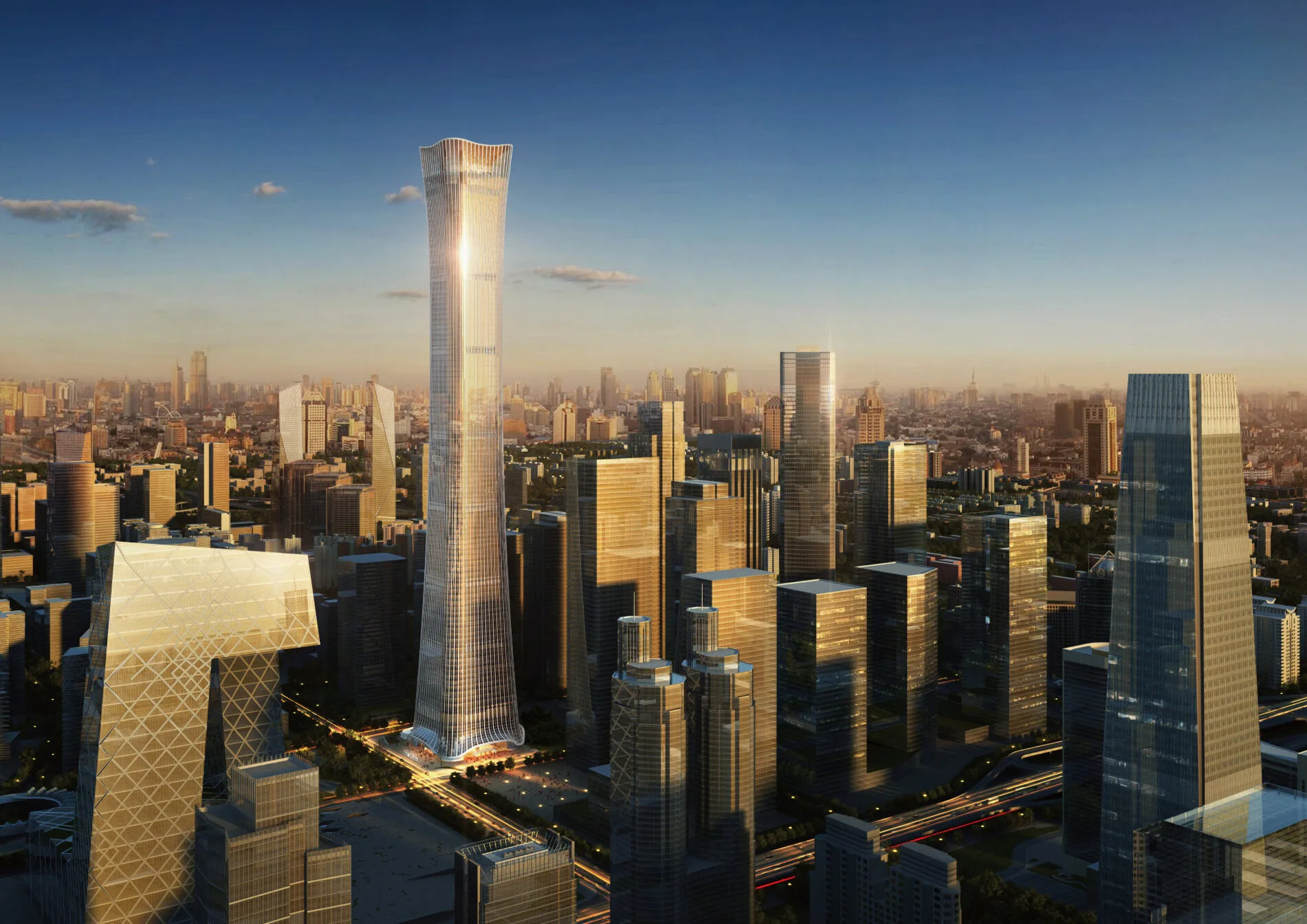KONE, a global elevator and escalator industry leader, is constantly looking for more efficient and sustainable electrification systems for elevators. To reach these goals and to serve KONE’s customers in new value-adding ways, we are looking for solution providers to develop innovative wireless power transmission systems to help KONE charge elevator car batteries at higher power, with more energy and better cost-efficiency than current systems.
Your wireless charging solution in KONE elevators
Modern elevators may include batteries that provide electricity to appliances in the car. Charging this battery should happen without disturbing the regular operation of the elevator. One solution for this is wireless charging, a fast-growing and innovative technology segment gaining traction among KONE customers. However, we have seen limited applications for wireless charging technologies in elevator systems so far due to insufficient power generation and cost-efficiency.
We are looking for innovative wireless power transfer systems for elevators to overcome these and other challenges. Solutions are needed to deliver operating power wirelessly to one or more batteries of the elevator car without using cables or other direct connections to control the elevator car subsystems. The need for these solutions is highlighted in KONE’s high-end customer projects, such as significant landmark buildings.
The charging systems KONE is looking for should preferably be fully contactless or offer, e.g., a non-sliding galvanic contact with an actuator. The elevator car battery would be charged when the elevator stops on the main floor for approximately 30-60 seconds. The technology should allow a sufficient air gap to allow normal elevator movement. The solution would preferably also offer scalability by connecting multiple smaller chargers in parallel, a long lifetime of up to millions of cycles with high reliability and minimized maintenance needs, with cost-efficiency and commercial competitiveness also in mind.
Your opportunity with KONE
Working with KONE provides an opportunity to partner up with an innovative global company on a mission to improve the flow of urban life together with customers and partners and benefit from KONE’s extensive industry know-how and large operational volumes.
Potential proof-of-concepts will be delivered in the high-end elevator segment or special KONE projects in the short term. Here, KONE is looking for the capability to develop and adapt a solution to fit KONE’s requirements. The selected solution providers will get technical and financial support from KONE to develop concept prototypes for further evaluation.
If desired requirements and cost-competitiveness are achieved in the long term, expansion to volume business segments is possible. In the scaling-up phase, KONE is most interested in a supplier relationship. However, licensing the technology is also an alternative in larger volumes.
Examples we're looking for
Wireless charging system
We seek a contactless CV charging system for a 48 V Li-ion battery, delivering 40-60 VDC and up to 4-5 kW of power transmission. Scalability is considered a benefit, including, e.g., installments of 3 x 1.5 kW or 2 x 2 kW in parallel. The air gap should also be sufficient to allow normal elevator movement, at least 5mm and preferably at least 10mm. The primary unit is stationary, fixed on, e.g., the elevator shaft wall, and operates with 230/400 VAC supply.
Galvanic contact with an actuator
For example, an alternative way to provide the charging is through galvanic contact, including an actuator. In such a case, sliding, galvanic contact, where reference is made each time the elevator passes the charger, possibly at high speeds, is not allowed.
Durability and cost-efficiency
The solutions we seek should provide a long-lasting lifetime of, preferably, millions of cycles. In addition, the system should tolerate vertical car movement up to +/- 100 mm. The vertical direction of +/- 20 mm shall not significantly affect changing power. Furthermore, the proposed solutions should preferably offer cost-efficiency and commercial competitiveness against existing solutions in the market.

Product Tracking Automation with Autoliv
Autoliv develops, manufactures and markets protective systems, such as airbags, seatbelts, and steering wheels for all major automotive manufacturers in the world as well as mobility safety solutions, such as pedestrian protection,…
Learn more
Customizable Seatbelts with Autoliv
Autoliv is the world’s leading manufacturer of automotive protective systems, such as airbags, seat belts, and steering wheels for all major automotive manufacturers in the world. To meet our clients’ growing demand…
Learn more
Measuring Roadside Timber Stock with Stora Enso
Today, Stora Enso is one of the largest private forest owners in the world with forest assets valued at more than EUR 7 billion (land and biological assets) in 2020. Globally, Stora…
Learn more

